Unit 4 Calendar 2025-2025: A Deep Dive Into Temporal Group And Its Purposes
Unit 4 Calendar 2025-2025: A Deep Dive into Temporal Group and its Purposes
Associated Articles: Unit 4 Calendar 2025-2025: A Deep Dive into Temporal Group and its Purposes
Introduction
On this auspicious event, we’re delighted to delve into the intriguing subject associated to Unit 4 Calendar 2025-2025: A Deep Dive into Temporal Group and its Purposes. Let’s weave attention-grabbing info and provide contemporary views to the readers.
Desk of Content material
Unit 4 Calendar 2025-2025: A Deep Dive into Temporal Group and its Purposes

The idea of a "Unit 4 Calendar" for the years 2025-2025 may initially appear paradoxical. A calendar sometimes spans a yr, or maybe a decade at most. Nonetheless, if we interpret "Unit 4" as a modular system of time administration, or maybe a selected organizational construction using a four-unit framework, then analyzing a hypothetical "Unit 4 Calendar" throughout a single yr (2025) affords invaluable insights into optimizing temporal group and useful resource allocation. This exploration will delve into the potential functions of such a system throughout varied fields.
Understanding the "Unit 4" Framework:
Earlier than analyzing a hypothetical calendar, we have to outline the "Unit 4" construction. This might signify a number of issues:
-
4 Quarters: Probably the most simple interpretation is that "Unit 4" refers back to the 4 fiscal quarters of a yr (January-March, April-June, July-September, October-December). This framework is already extensively utilized in enterprise and finance for budgeting, efficiency critiques, and strategic planning. A "Unit 4 Calendar" on this context would give attention to aligning actions and objectives with these quarterly cycles.
-
4 Challenge Phases: In venture administration, tasks typically observe a four-phase lifecycle: initiation, planning, execution, and closure. A "Unit 4 Calendar" may very well be designed to meticulously observe progress inside every part, making certain well timed completion and environment friendly useful resource allocation. Every "unit" would signify a definite part, with particular milestones and deliverables related to it.
-
4 Key Efficiency Indicators (KPIs): Organizations regularly depend on a restricted set of KPIs to observe progress in direction of overarching objectives. A "Unit 4 Calendar" may very well be constructed round 4 important KPIs, with every "unit" devoted to monitoring and bettering efficiency in a selected space. This strategy permits for targeted consideration and focused interventions to boost total effectivity.
-
4 Purposeful Departments: Giant organizations typically have distinct departments (e.g., advertising, gross sales, operations, finance). A "Unit 4 Calendar" may very well be used to coordinate actions throughout these departments, making certain alignment and minimizing conflicts. Every "unit" would signify a division, permitting for environment friendly useful resource sharing and collaborative efforts.
Making use of the Unit 4 Calendar (2025):
Let’s illustrate the appliance of a "Unit 4 Calendar" utilizing the four-quarter interpretation for the yr 2025. This calendar wouldn’t change a typical Gregorian calendar however would overlay a supplementary organizational construction.
Q1 2025 (January – March): Strategic Planning and Basis Constructing
- Focus: Setting annual objectives, defining key initiatives, allocating sources, conducting market analysis, and creating strategic partnerships.
- Actions: Finances allocation, venture initiation, crew formation, coaching applications, danger evaluation.
- Metrics: Finances adherence, venture initiation on time, crew cohesion, coaching completion charges, danger mitigation methods applied.
Q2 2025 (April – June): Implementation and Progress Monitoring
- Focus: Executing strategic plans, monitoring progress towards targets, making crucial changes, and fostering collaboration.
- Actions: Challenge execution, common progress studies, efficiency critiques, stakeholder communication, problem-solving.
- Metrics: Challenge milestones achieved, KPI efficiency, stakeholder satisfaction, crew productiveness, challenge decision charges.
Q3 2025 (July – September): Mid-Yr Assessment and Course Correction
- Focus: Evaluating progress towards annual objectives, figuring out areas requiring enchancment, adjusting methods, and reallocating sources.
- Actions: Complete efficiency evaluation, strategic recalibration, useful resource optimization, course of enchancment initiatives, crew constructing actions.
- Metrics: Achievement of mid-year targets, recognized areas for enchancment, useful resource allocation effectivity, course of optimization success charges, crew morale.
This autumn 2025 (October – December): Finalization, Analysis, and Planning for 2026
- Focus: Finishing tasks, finalizing studies, conducting year-end evaluations, and making ready strategic plans for the subsequent yr.
- Actions: Challenge closure, remaining efficiency critiques, finances reconciliation, year-end reporting, strategic planning for 2026.
- Metrics: Challenge completion charges, total annual efficiency towards objectives, finances accuracy, report completeness, strategic plan improvement progress.
Advantages of a Unit 4 Calendar System:
- Enhanced Focus and Prioritization: By breaking down the yr into 4 distinct items, organizations can prioritize actions and sources extra successfully.
- Improved Useful resource Allocation: The modular construction permits for extra environment friendly allocation of sources throughout completely different items.
- Elevated Accountability: Clear milestones and deliverables related to every unit improve accountability and accountability.
- Higher Progress Monitoring: Common evaluations and progress studies on the finish of every unit facilitate well timed identification and determination of points.
- Streamlined Communication: The structured strategy improves communication and collaboration inside and throughout groups.
- Strategic Alignment: The system ensures that each one actions are aligned with the general strategic objectives of the group.
Challenges and Concerns:
- Rigidity: A strictly enforced Unit 4 Calendar may very well be overly inflexible and rigid, hindering responsiveness to surprising occasions.
- Oversimplification: Lowering complicated duties into 4 items may oversimplify the method and overlook necessary particulars.
- Integration with Present Techniques: Integrating a Unit 4 Calendar with current calendar methods and workflows may very well be difficult.
- Cultural Adaptation: Implementing such a system requires cautious consideration of organizational tradition and worker buy-in.
Conclusion:
Whereas a "Unit 4 Calendar" for the years 2025-2025, as a literal calendar, is nonsensical, the idea of using a four-unit framework for temporal group holds vital potential. By adapting the "Unit 4" construction to particular organizational wants and contexts, companies and people can enhance their effectivity, productiveness, and total effectiveness. The important thing lies in defining the "items" appropriately and making certain that the system is versatile sufficient to accommodate unexpected circumstances whereas sustaining a transparent give attention to strategic aims. The hypothetical software described above for 2025 gives a place to begin for exploring the myriad methods a modular temporal framework may be applied to optimize time administration and useful resource allocation. Additional analysis and experimentation are crucial to totally understand the potential of such methods in various settings.
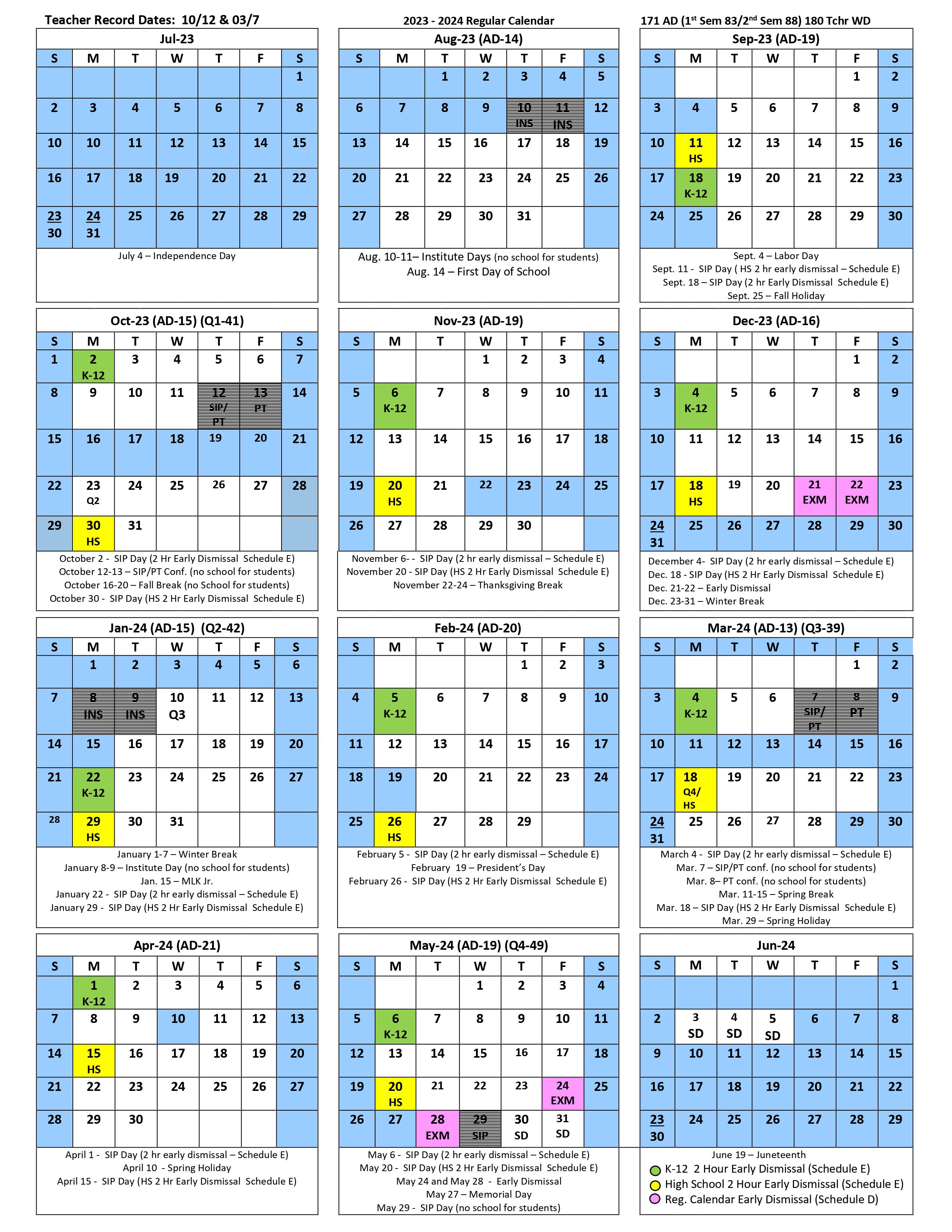
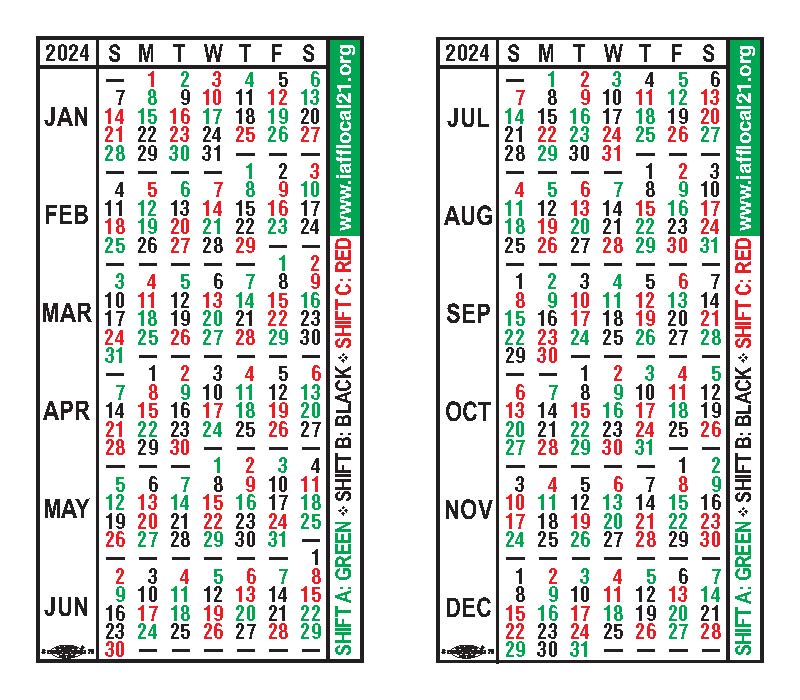
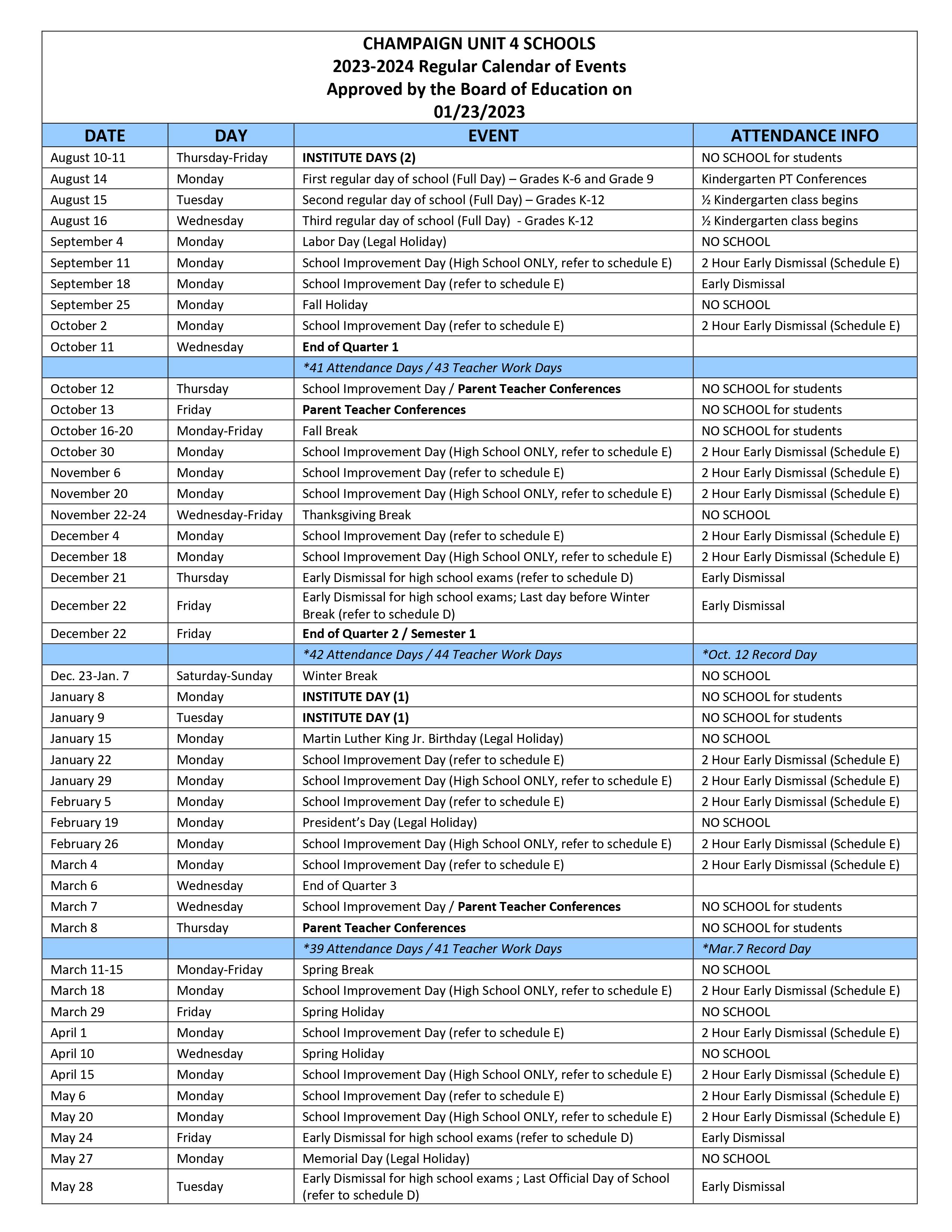

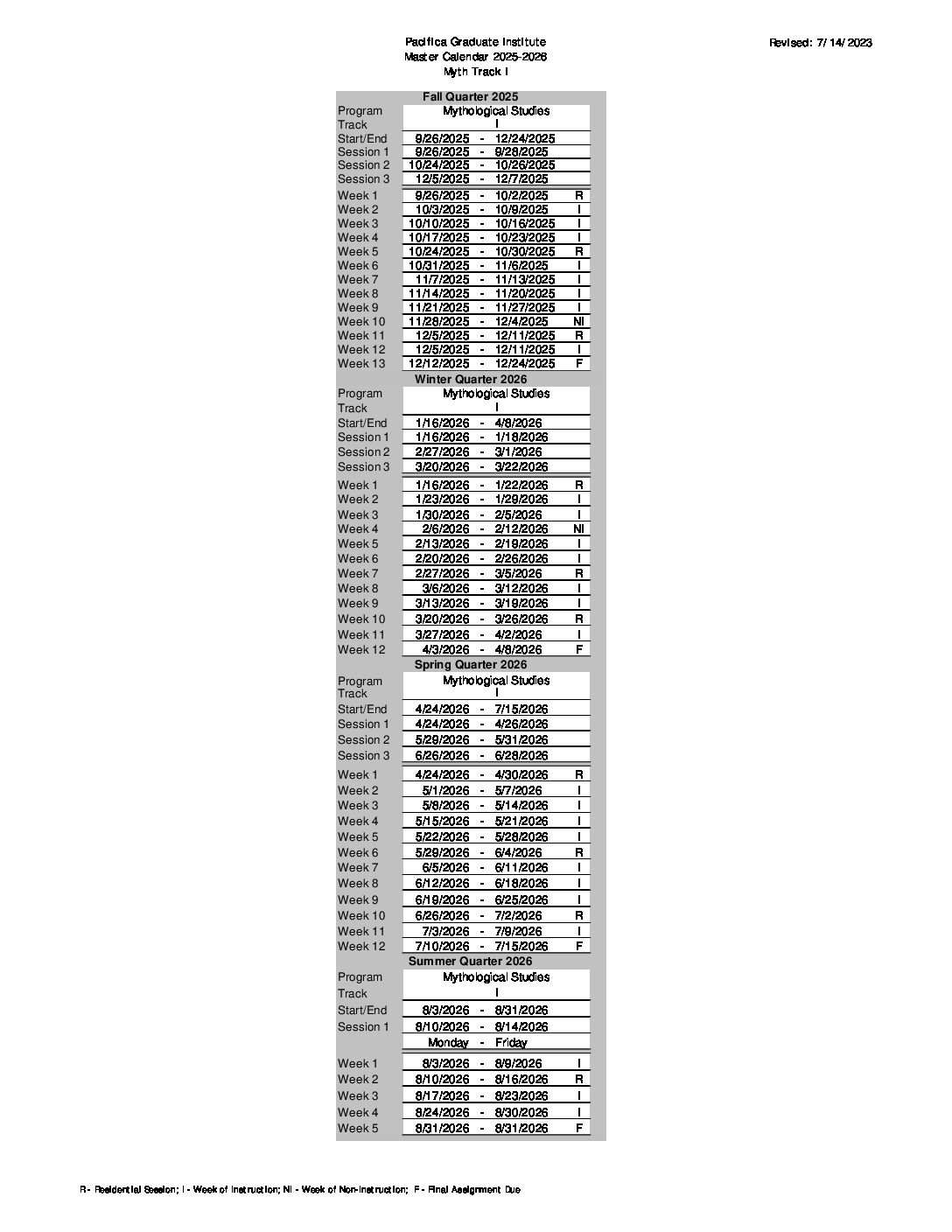

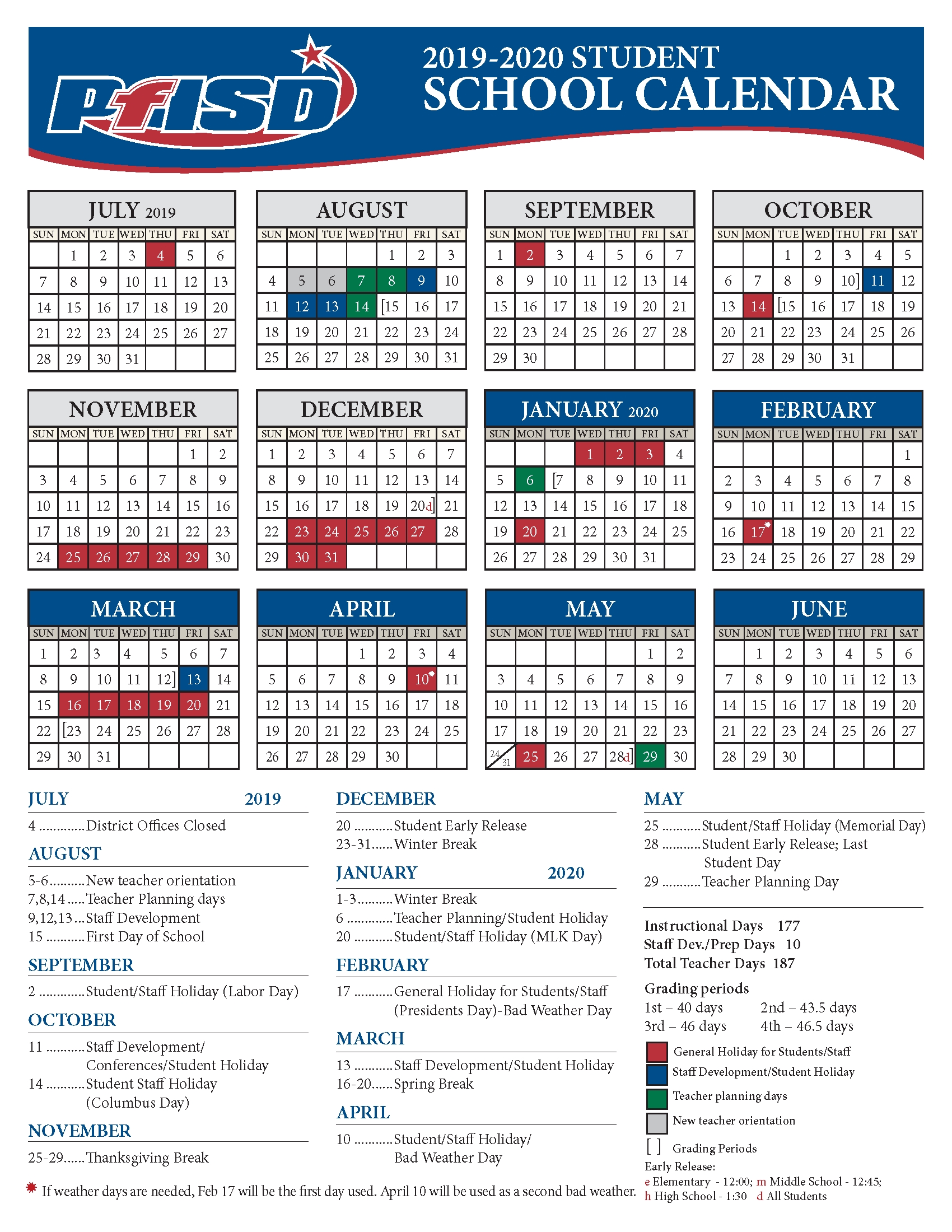

Closure
Thus, we hope this text has offered invaluable insights into Unit 4 Calendar 2025-2025: A Deep Dive into Temporal Group and its Purposes. We hope you discover this text informative and useful. See you in our subsequent article!
Leave a Reply